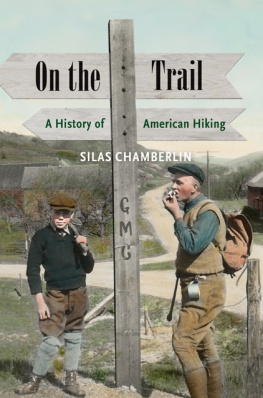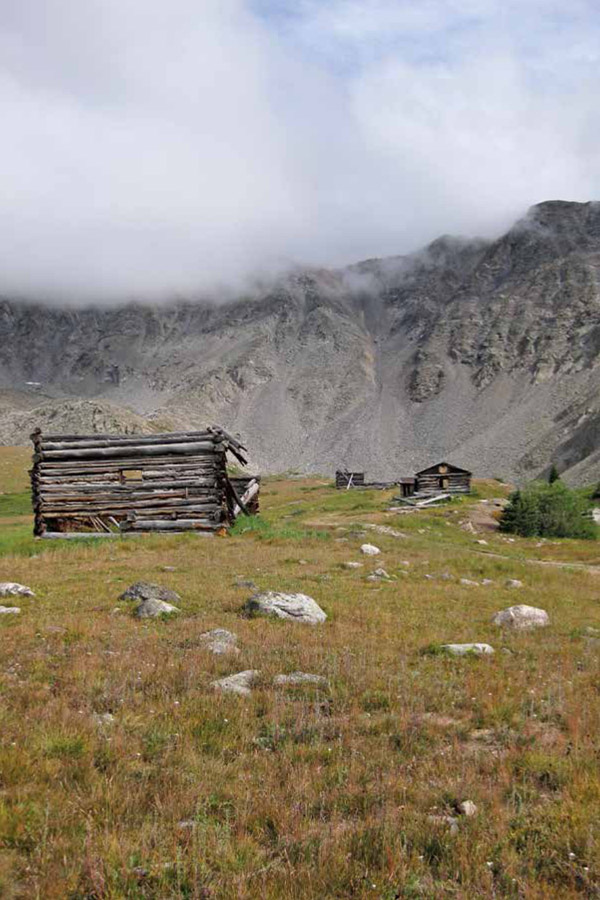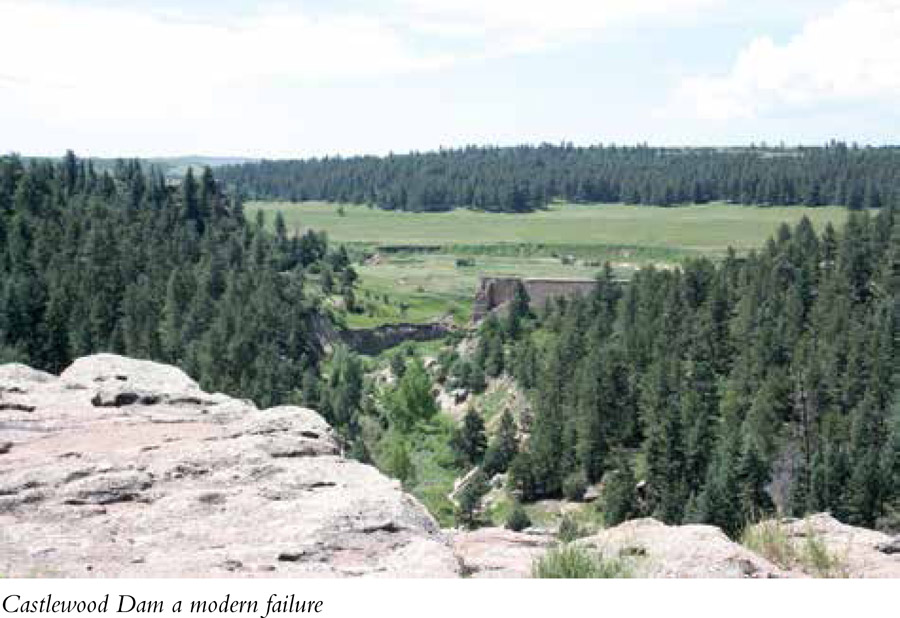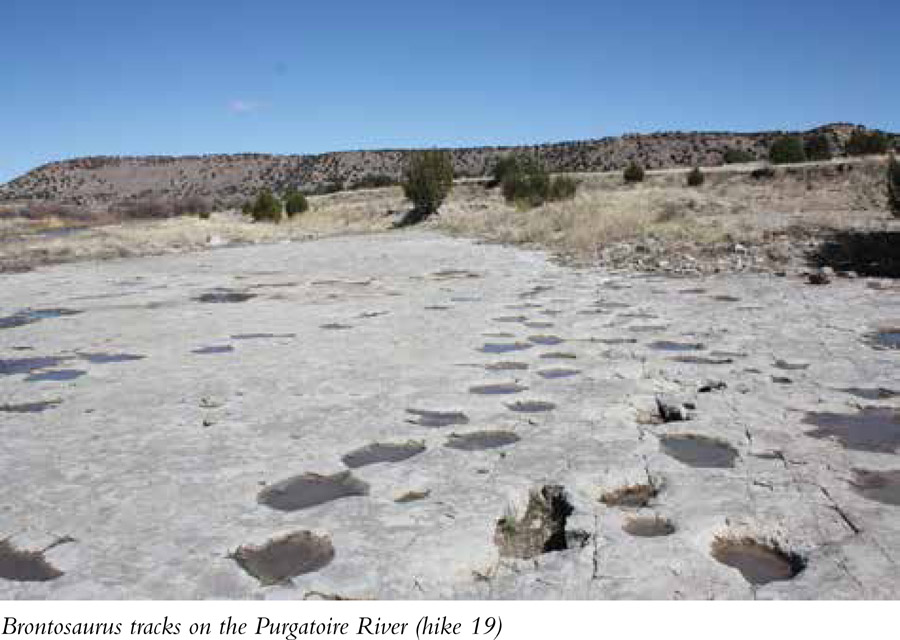Hiking through History Colorado
HELP US KEEP THIS GUIDE UP TO DATE
Every effort has been made by the author and editors to make this guide as accurate and useful as possible. However, many things can change after a guide is publishedtrails are rerouted, regulations change, facilities come under new management, and so forth.
We welcome your comments concerning your experiences with this guide and how you feel it could be improved and kept up to date. While we may not be able to respond to all comments and suggestions, well take them to heart, and well also make certain to share them with the author. Please send your comments and suggestions to the following address:
FalconGuides
Reader Response/Editorial Department
246 Goose Lane
Guilford, CT 06437
Or you may e-mail us at: editorial@falcon.com
Thanks for your input, and happy trails!

An imprint of Rowman & Littlefield
Falcon and FalconGuides are registered trademarks and Make Adventure Your Story is a trademark of Rowman & Littlefield.
Distributed by NATIONAL BOOK NETWORK
Copyright 2016 by Robert Hurst
All photographs by author unless otherwise noted
Maps: Alena Pearce Rowman & Littlefield
All rights reserved. No part of this book may be reproduced in any form or by any electronic or mechanical means, including information storage and retrieval systems, without written permission from the publisher, except by a reviewer who may quote passages in a review.
British Library Cataloguing-in-Publication Information Available
Library of Congress Cataloging-in-Publication Data Available
ISBN 978-1-4930-2292-2 (paperback)
ISBN 978-1-4930-2293-9 (e-book)
 The paper used in this publication meets the minimum requirements of American National Standard for Information SciencesPermanence of Paper for Printed Library Materials, ANSI/NISO Z39.48-1992.
The paper used in this publication meets the minimum requirements of American National Standard for Information SciencesPermanence of Paper for Printed Library Materials, ANSI/NISO Z39.48-1992.
The author and Rowman & Littlefield assume no liability for accidents happening to, or injuries sustained by, readers who engage in the activities described in this book.
Acknowledgments
Thanks to everyone who helped make this book happen, especially my dad, who drove all over the state with me, paying for stuff and taking photos, and playing his incessant country-rock jangle music. Not only did I get to hike several of these routes with him, which was a real treat, but Christie and our iron-willed 3-year-old Bea joined me on some of the easier local hikes, after which Christie decided she never wanted to go hiking ever again. I think shell change her mind, eventually, after the trauma wears off.
Thanks to the Barbers of southwestern Colorado for their hospitality and historical knowledge. Thanks to Coi at the Denver Public Library for her help with historical photos, and to all the editors over at Falcon who gave me the job and picked up my slack. Finally, thanks to you, the brave reader.
Mayflower Gulch
Introduction
The hikes in Hiking through History Colorado include easy, flat strolls and rugged, strenuous marches, and everything in-between. No matter the difficulty or distance, all the hikes are tied together by a common thread. Each has historical interest attached to it, some historical twist that makes it much more than just a walk in the pretty woods.
In many cases the routes take you right past crumbling structures left over from a bygone eraold mills, mining camps, a teepee ring, or the dramatic ancient structures of the Ancestral Pueblo. Humans were around for thousands of years prior to the cliff dwellers iconic thirteenth century, but those early residents didnt leave much for contemporary hikers to gaze upon, much less crawl through as they can at Mesa Verde.
Blown-out Castlewood Dam stands as a monument to modern failures. It failed several times over 40 years. The Devils Head fire lookout stands as an unassailable emblem of twentieth-century American gumption, silhouetted against the stormy skies. The remnants of Camp Hale remind us of our ability to complete seemingly impossible tasks when the chips are down, and our trouble cleaning up afterward.
Well visit the site of a massacre, but not Colorados most infamous massacre. This one occurred on the opposite side of the state, 600 years earlier. (If thats the pattern, weve got a good 450 years before the next one.) And heres a word for you: anthropophagy. Thats right: anthroman; phagyeat. We like to think of ourselves as civilized creatures, but our ancient predecessors dined on the flesh of their vanquished enemies (according to some theories anyway). Human history has been as frightening here in Colorado as its been elsewhere.
In almost all of the chapters, there is a story to be told that predates humanity. The geological record is plenty fascinating without mankind there to bloody it up. Usually the story of what was going on tens of millions, hundreds of millions, billions of years ago is told by rocks. Talking rocks.
As interpreted by the geologists who have learned to speak their special language, rocks tell us many things about what was going on for untold eons before humans walked the earth. They tell us that the Rockies are relatively new; that there was at least one mountain range here before, which popped up just as high and was eroded down to nothing over a few hundred million years; that the climate was tropical or warm-temperate most of the time (primarily because the continent was farther south); that the southwestern part of the state was at times covered in reddish dunes, like a Hollywood version of Mars; that huge active volcanoes dominated the state for many millions of years, spewing ash and drooling hot mud; that the area was often covered by an ocean, or shallow seas and lakes that came and went; and that for a time dinosaurs tramped all over the shorelines of these seas, making cartoonish three-toed tracks. In this book youll find lots of those rock stories but also a story told by sand dunes and another told by massive, petrified redwood stumps. Yes, there were redwoods in Colorado. And they were spectacular.
One thing we learn on these hikes is that Colorado has existed in at least several million different iterations. The latest one is quite nice, but chances are there were better ones.
Some of the hikes are of the outdoor museum varietyheavily manicured routes through historic sites, with interpretive signage and other outbursts of committed curation. Iowa Hill, the placer mining exhibit spread out on a steep hillside near Breckenridge, is a classic example. Sometimes a little explanatory signage is just what you want. Other times it spoils the atmosphere. Several of the hikes exist in a more wild state, with landscapes unsullied by signage and historic sites left to your own interpretation.








 The paper used in this publication meets the minimum requirements of American National Standard for Information SciencesPermanence of Paper for Printed Library Materials, ANSI/NISO Z39.48-1992.
The paper used in this publication meets the minimum requirements of American National Standard for Information SciencesPermanence of Paper for Printed Library Materials, ANSI/NISO Z39.48-1992.

